The funny thing about dampness is that you can often sense it, and usually smell it, before you actually see it, but by the time you do see it, then it’s actually quite a problem. This is particularly the case with rising damp because it’s often coming from beneath your home and hence difficult to inspect and locate. This also means that it can be difficult to treat once the source of the problem has been located.
The best way to combat rising damp is to put measures in place that can stop it happening in the first place, or at least minimise its effect. If you’re building a new home or renovating, installing under floor insulation in either your bearer and joists floor system, or within the slab itself if the building is on the ground, can help to mitigate the cold rising up through the earth and into your home.
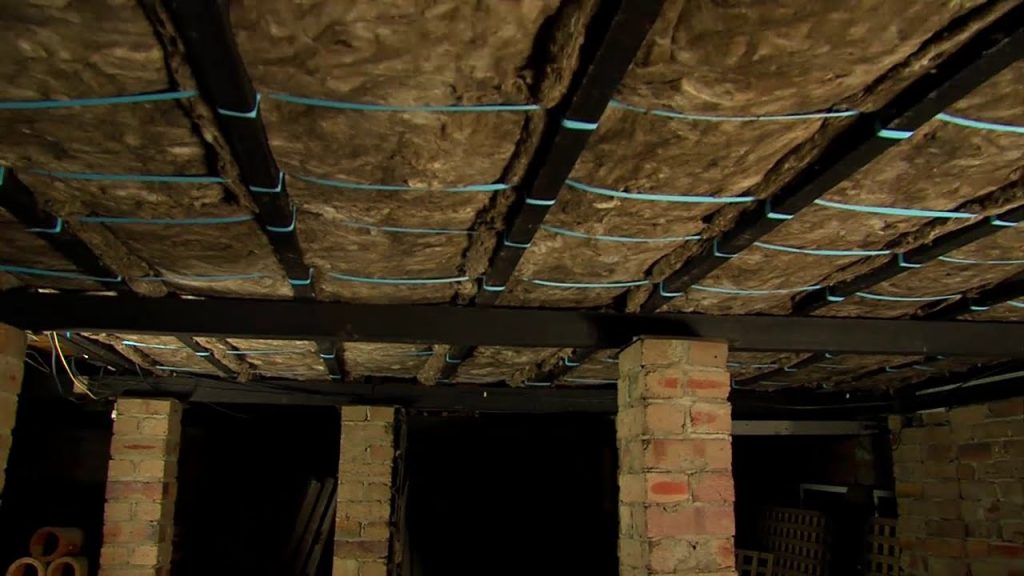
If your house is off the ground, you’re at an advantage because you have a nice separation between the ground and the floor and, if ventilated properly, assisted by good airflow that helps to keep things dry; it’s also much easier to get underneath an elevated home than it is a concrete slab.
If you’re dealing with a concrete slab, you can put a thermal insulating wrap or foam on the ground before the concrete is poured, which stops some of that cold and moisture from rising through. Developments in the engineering of concrete slab floor systems are also proving to be beneficial. The Waffle Pod system, for example, creates islands of foam that the concrete is poured on top of and in between, which gives the slab the benefits of the foam’s insulating properties.
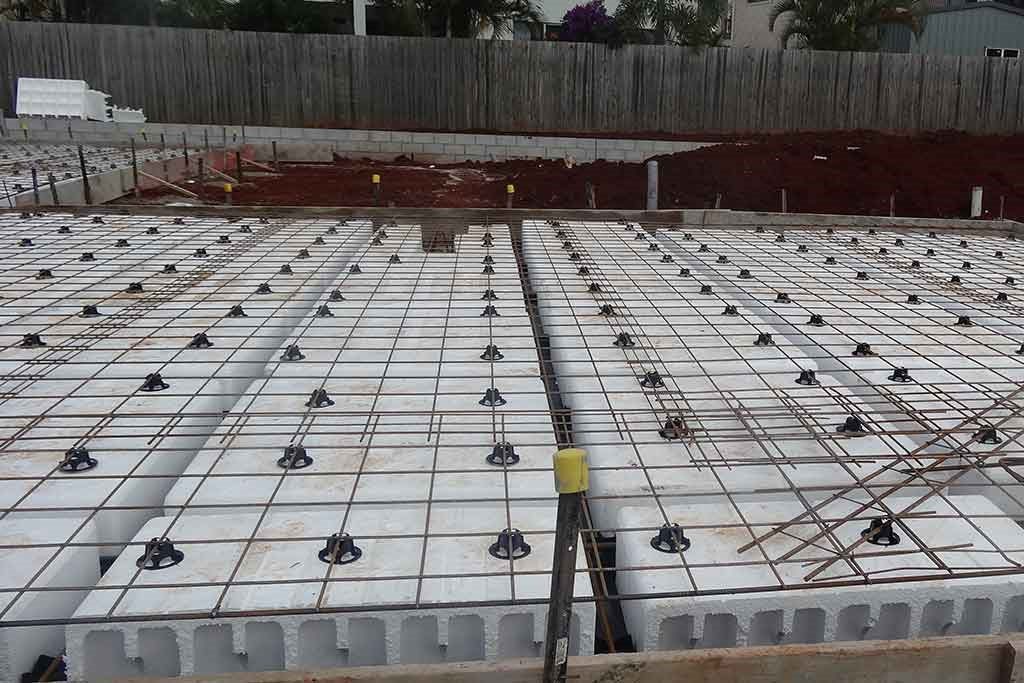
Similarly, the Cupolex slab system uses interlocked plastic domes that the concrete is poured on top of and in between; because the domes only sit on the ground on their corners, much of the area beneath the slab is actually elevated off the ground, creating some airflow and distance between the slab and earth.
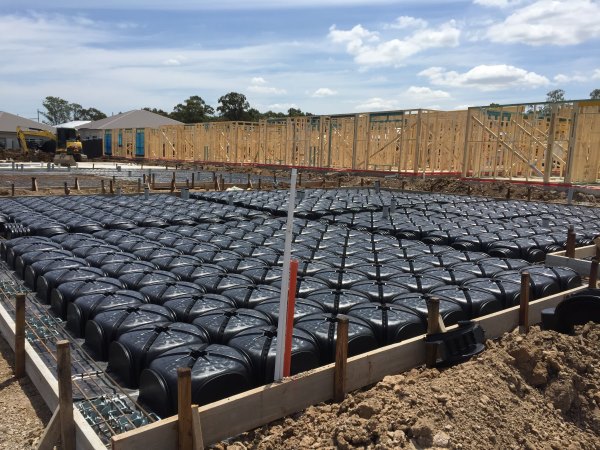
Combining either system with under slab insulation may help to improve the chances of minimising rising damp.
On the more expensive side of things, underfloor heating works effectively because it actually heats up the slab; this also has the added benefit that it warms your home. The downside is that it’s expensive to install and will increase the cost of your electricity bills. If that’s a trade off you’re willing to make, then rising damp will probably never find its way onto your worry list.
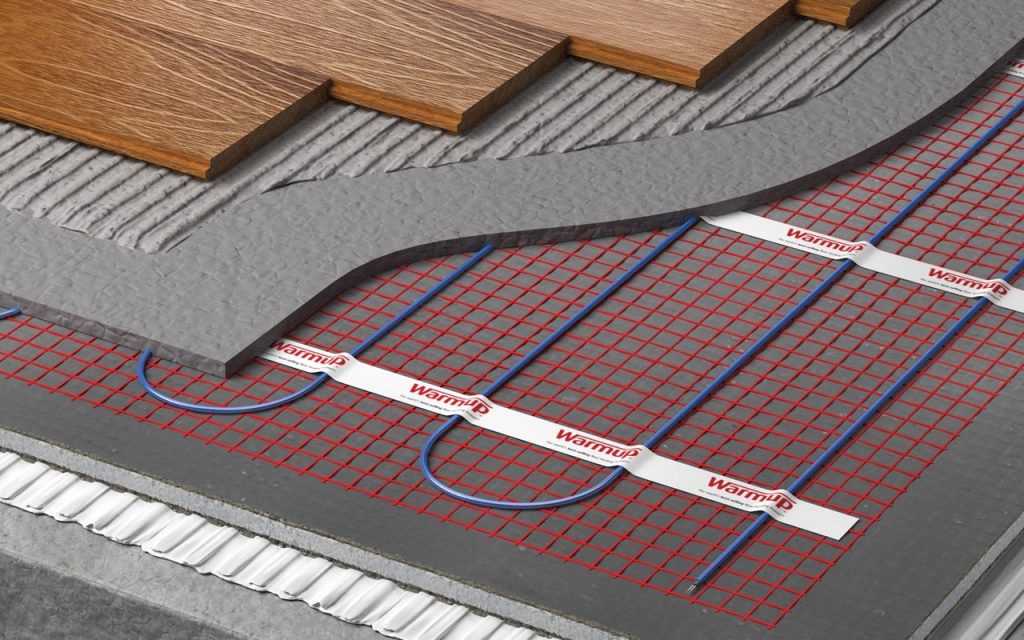
If you’ve discovered rising damp in an existing house that has an underfloor cavity, you may be able to address it simply be improving the ventilation below your floor system. This can be done by adding in vents to get air circulating beneath the floor; an air pump can also assist with this. There are also primers and paints which combat dampness, and if these are painted into damp-prone areas some of the problem can be reduced. With masonry, you’ll want a physical damp proof course, which acts as a barrier between layers of bricks and stones and stops moisture from rising up through into higher courses and eventually the wall cavities and frames; in an existing structure with rising damp, the damp course may need to be replaced. Regular maintenance on plumbing and guttering is also advisable as leaks and drips can seep into foundations and rise upwards; similarly cracks and chips to grout in bathrooms and other areas can allow water to seep behind the tiles, allowing moisture to get into wall cavities and beneath floors.


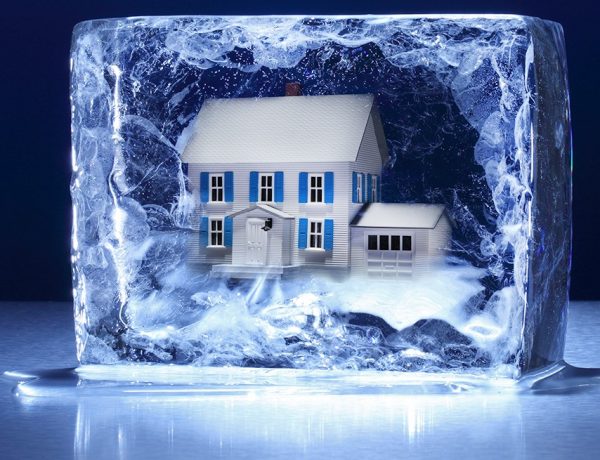

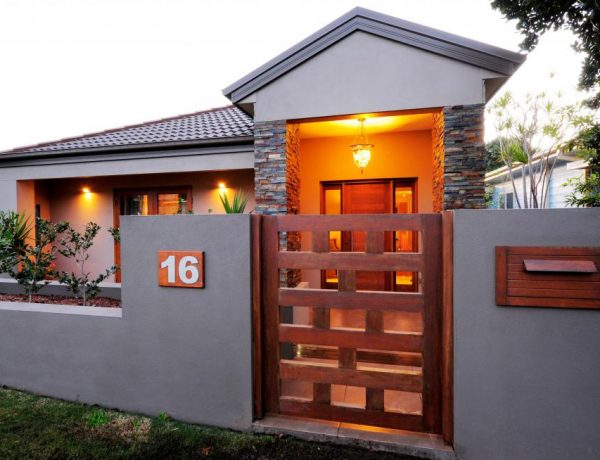
No Comments